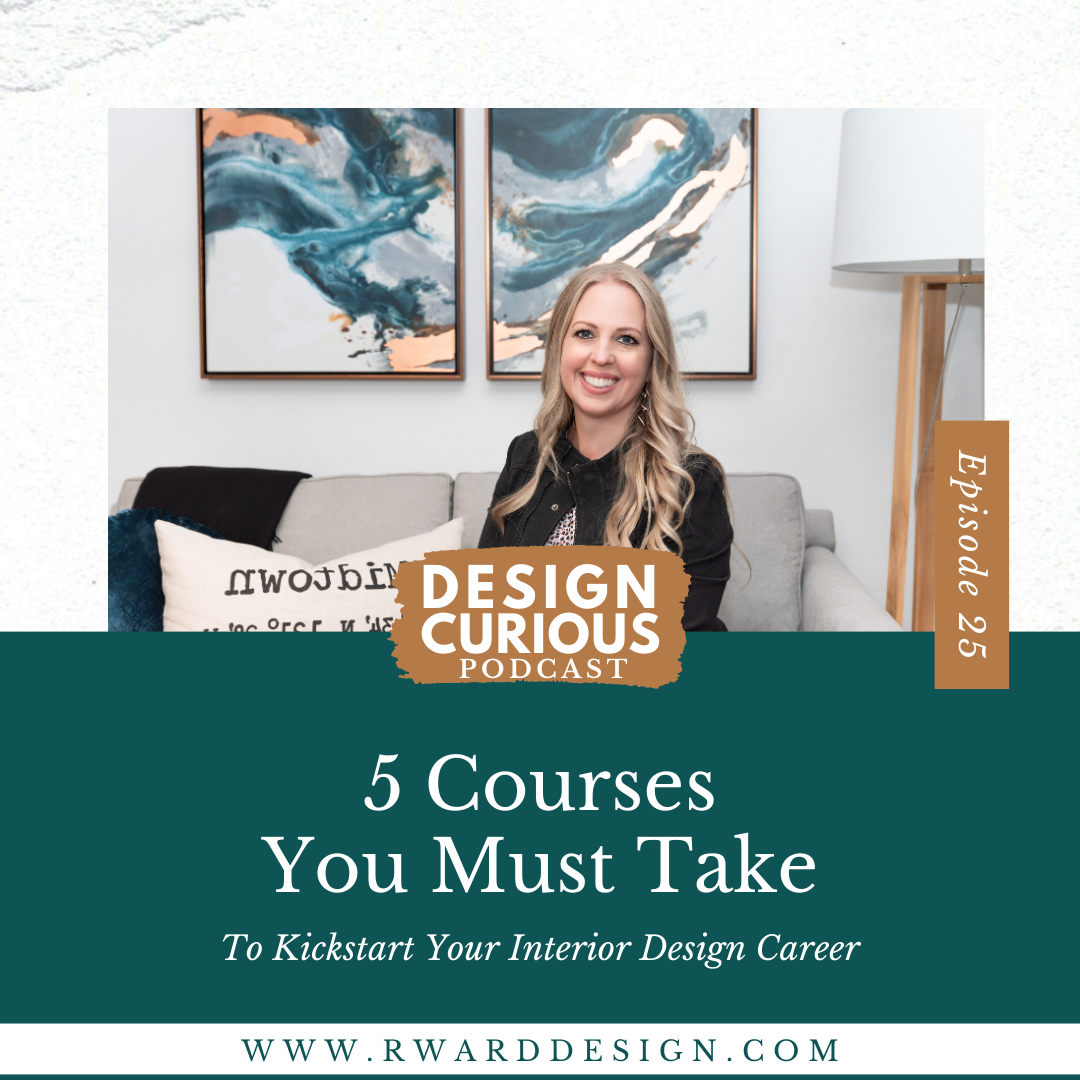
You don’t have to worry – there are several masterclasses and courses you can take to jumpstart your interior design career! Best of all, these classes do not require you to be on campus. Learning from home will make this exciting journey more convenient for you.
We are also celebrating this week. Why? Along with Galentine’s Day and Valentine’s Day, it’s my birthday on the 15th! So to celebrate my birthday, I’m giving you a list of courses you can take. It’s all here, so you no longer have to scour multiple websites to find which course works best for you. Your path toward success begins right here!
Listen now to my latest episode and celebrate my birthday with me to get access to the amazing gifts I’ve prepared just for YOU today!
Why you’ve got to check out today’s episode
Know the 5 courses you can take to start an interior design career
Find out the 7 Principles of Design
Discover the 3 reasons why taking a CAD class is essential to becoming a designer
Check out these episode highlights
02:50 – Course #1: CAD Classes
The three reasons why taking a CAD Class is the most important course to take if you’re going to think about becoming a designer, whether you work for someone else or yourself.
- It’s a marketable and usable tool. Check out Episode 1, where I shared how CAD opened doors for me during the last recession in 2007 and 2008.
- If you’re going into business for yourself, it’ll be hard to outsource drafting financially because you usually have more time than money when you are just starting out.
- It can help you think creatively; some prefer putting pencil to paper and drafting out by hand instead.
05:08 – Course #2: Color Theory and Application
Color Theory and Application is essential because color is difficult and requires eye training. Seeing the subtleties in color, and understanding the color wheel and how it works – the primaries, secondaries, triads, and complementary colors – so you can notice how colors work together when creating color schemes.
07:05 – Course #3: Materials and Materials Application Class
Take Materials and Materials Application Class to understand fabrics, tiles, how to apply them, and the different surfaces you can have on countertops. Since it’s something you use every day, there are a lot of intricacies with it. Like, can you put leather on the floors? And if you do, how long is it going to last?
07:42 – Course #4: Principles of Interior Design or The Basic Design Principles
There are Seven Main Principles of Interior Design.
- Principle #1: Balance – to bring a state of equilibrium to a space.
- Principle #2: Harmony – an orderly or pleasing arrangement of items, furniture, or architectural details.
- Principle #3: Rhythm – a uniform or pattern reoccurrence. You can find rhythm by using color or pattern.
- Principle #4: Proportion – the comparative relation between things or magnitudes as to size, quantity, number, ratio, etc.
- Principle #5: Scale – understand that if you have an enormous great room, you want a larger-scale sofa and not some petite apartment-sized sofa. It comes into play, especially with furniture, but you can also do it in design details because sometimes you want to oversize things to make a statement or minimize it to draw less attention to them.
- Principle #6: Emphasis – to take special consideration by emphasizing the focal points or where you will draw the eye in the room.
- Principle #7: Contrast – to bring interest to a space using opposite elements and effects. If you have an all-monochromatic color scheme, then you’d want to bring some contrast into that with black, dark grays, or browns to contrast with the lighter components.
10:36 – Course #5A: Building Codes and Standards Class and Course #5B: Business Practices Class
If you’re working for someone else, take a Building Codes and Standards Class because you’ll be drafting plan sets, so get the basic handle on construction standards and building to have that information when you talk to contractors and architects you’ll be working with.
If you’re going into business for yourself, take a Business Practices Class to ensure you are profitable when you start.
12:06 – Additional optional courses and resources to learn more about interior design
Courses: History of Design and Understanding Design Styles
Resources: Design Style Quiz and my Pinterest page
Links Mentioned::
Find out what your design style is by taking My Design Style Quiz here
Find all 12 styles we’ve identified on Pinterest
NEXT STEPS
Grab your freebies:
- NEW!! Your Roadmap to a Career in Interior Design
- 3 Things I Wish I had known when I started my career
Join the Design Mentor to kickstart a successful career in interior design!
Email me at [email protected] if you have suggested topics
DM me on Instagram at @rwarddesign if you have a burning question
Leave me a rating and review! Click here.
Thanks for listening! I hope this helps you discover if interior design is the career for you. See you next week…
